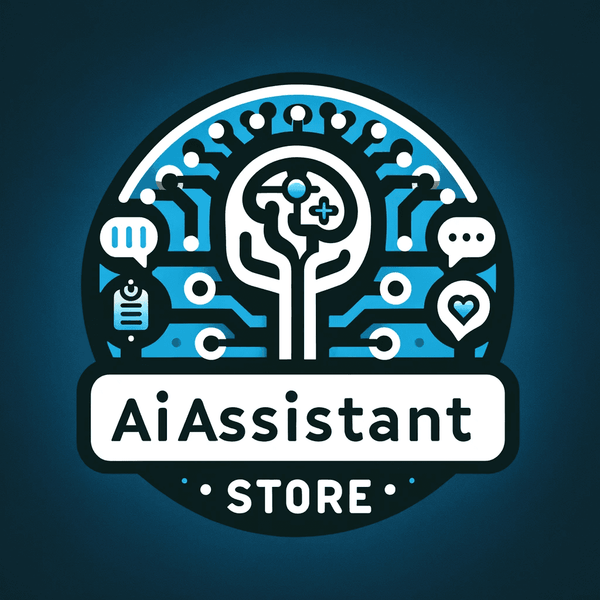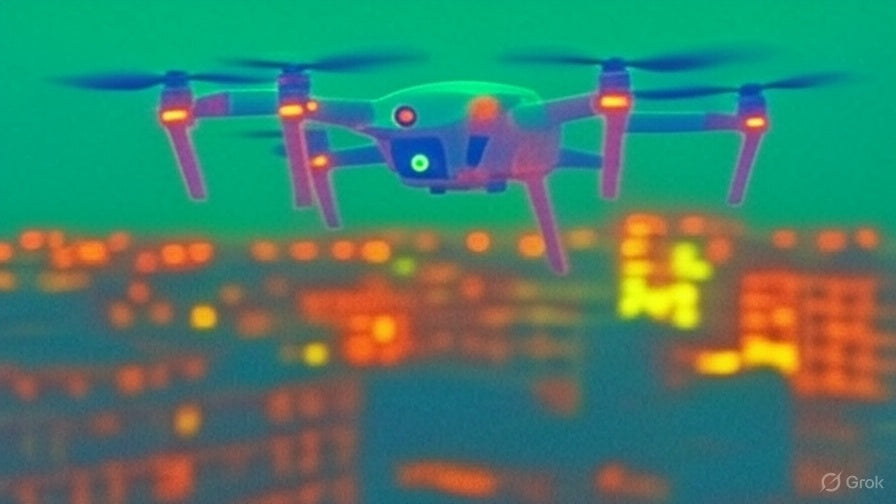What Is a Thermal Drone? 🌡️🚁
A thermal drone is an unmanned aerial vehicle (UAV) fitted with infrared sensors that capture heat signatures and render them as real-time thermal images. When paired with AI, these drones can autonomously identify temperature anomalies, whether it’s an overheating transformer or a hidden wildlife nest, that would otherwise go unnoticed by the naked eye.
How AI Transforms Thermal Drone Capabilities 🤖
🔹 Autonomous Anomaly Detection: Machine-learning models analyze each thermal frame to flag irregular heat patterns, like hotspots on power lines or distressed animals, without any human input .
🔹 Real-Time Decision Support: Onboard edge-computing processes infrared data live, dynamically rerouting the drone to investigate suspicious heat signatures on the fly .
🔹 Predictive Maintenance: By mining historical thermal datasets, AI pinpoints equipment likely to fail, turning a thermal drone into a proactive inspection tool rather than a reactive one.
Key Applications of Thermal Drones 🌍
1. Infrastructure Inspection
🔹 Reveal micro-cracks and insulation leaks in pipelines, bridges, and rooftops.
🔹 Automate up to 90% of routine surveys, slashing downtime and boosting safety.
2. Search & Rescue
🔹 Detect missing persons in dense forests or disaster zones via their heat signatures, day or night .
🔹 Reduce response times by up to 60%, increasing the odds of successful recovery.
3. Agriculture
🔹 Map crop stress and irrigation gaps by spotting subtle temperature shifts across fields .
🔹 Pinpoint livestock in distress through abnormal heat patterns, ensuring faster intervention.
Advantages and Challenges of Thermal Drones ⚖️
🔹 Advantages:
🔹 Rapid, non-contact inspections in hazardous or hard-to-reach areas.
🔹 Enhanced operator safety by minimizing human exposure.
🔹 Actionable, data-driven insights through AI-powered analytics.
🔹 Challenges:
🔹 Regulatory restrictions in certain airspaces.
🔹 Performance degradation in heavy rain or fog.
🔹 Initial investment costs for high-end AI and thermal sensor integration.
FAQ: Quick Answers
Q1: How precise are AI-enhanced thermal readings?
Most integrated systems achieve accuracy within ±2 °C, thanks to advanced calibration and continuous ML-based corrections.
Q2: What operational range do thermal drones typically have?
Consumer and prosumer models usually offer 5–10 km of line-of-sight range; enterprise systems can extend beyond 15 km with proprietary transmission links.
Q3: Can I develop custom AI models for thermal analytics?
Yes, open-source frameworks like TensorFlow or PyTorch allow you to train bespoke anomaly-detection networks tailored to your drone’s sensor characteristics.
Articles you may like to read after this one:
🔗 Disney Springs Drone Show – How AI Powers the Swarm – Discover how artificial intelligence orchestrates mesmerizing drone displays at Disney Springs, from real-time swarm coordination to choreography innovation.

